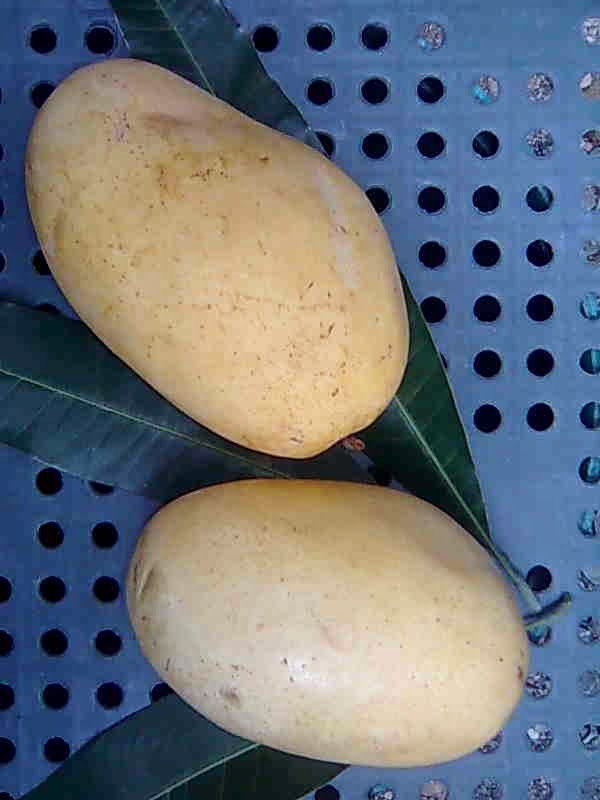Thank you for checking back in guys - you who are organic farming enthusiasts and supporters.
To continue my story.......
The farm is on top of a hill. I don't know its exact elevation but it has a magnificent view of a large portion of Laguna Lake and some places in Rizal province and Metro Manila.
 |
| A FARM LAND FOR ORGANIC FARMING |
Our farm has no flat area. Every part has a slope of various degrees. I remember that on top of my need-to-learn list then was the subject on Sloping Agricultural Land Technology (SALT).
Knowing SALT would give me an idea on how to maximize the whole place for planting fruit trees and vegetables while preventing soil erosion (some places have very steep slope) and restraining rain water so the plant roots could absorb it instead of flowing down straight to the lowest level of the land.
I made an A-Frame and patiently plotted and marked the hedge rows where I could plant.
Next, I had the soil analyzed. Before going to the Bureau of Soils office at Quezon City, I collected a specified quantity of soil from different spots in the farm. The result of the soil analysis was quite disappointing. Our land lacked some essential nutrients for proper plant growth. This also limited our choices of what to plant there.
However, I refused to use chemical fertilizer.
I came to know about Effective Microorganisms (EM). I visited the Philippine supplier's office in Muntinlupa City and tried to learn as much as I could about EM. I learned what it is, its development, and its various uses. I learned how to use EM to make organic fertilizer, to make organic plant pest repellent, and to make health drinks for animals.
My farm hands and I cleared the land of weeds and wild shrubs. We also pruned some trees to reduce unnecessary shades and also to make the trees grow healthier. Trees need good air circulation too.
 |
| PREPARING A SLOPING FARM LAND FOR PLANTING |
We then divided the land into parcels and measured each parcel. The parcel diagrams and measurements (length, width, and slope) were all plotted on the land map.
Each parcel was allotted for a particular vegetable or mixture of inter-cropped vegetables. Fruit trees were planted between parcels in long straight lines. The parcels were color-coded on paper to indicate vegetable categories. The measurements facilitated determination of plant spacing and density. There were also small parcels for the chicken housing, compost pile, farm house, and farm visitor reception.
Some fruit trees, kakawate, and malunggay were also planted around the farm perimeter and between them we planted cassava. These perimeter trees and cassava not only served to delineate the farm boundary but also to protect the growing vegetables from too much wind.
The land was ready for planting.
Next: Selection and planting of fruit trees and vegetables and initial stocking of free range chickens.

